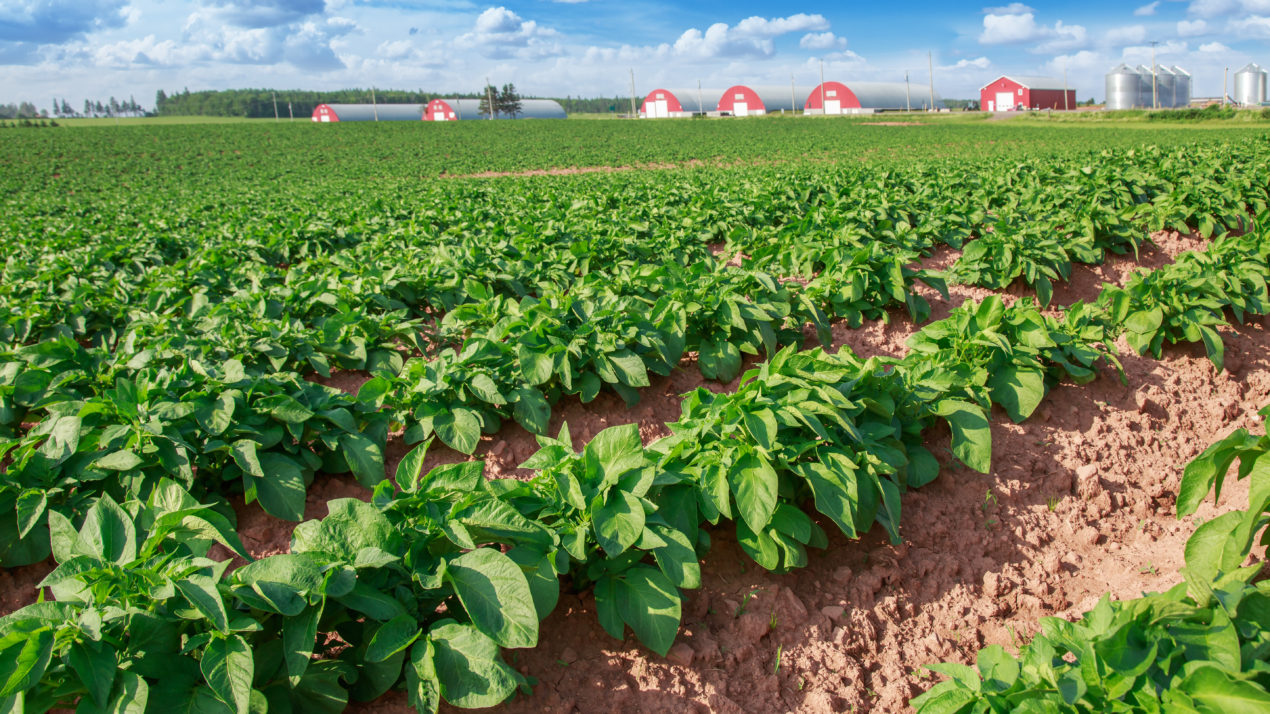
In reaction to the Wisconsin DNR’s recently released Central Sands Lakes Study, Tamas Houlihan, Executive Director of the Wisconsin Potato & Vegetable Growers Association (WPVGA), provided the following statement:
“We appreciate the opportunity to carefully review the Central Sands Lakes Study and value the DNR’s recommendation for a comprehensive approach that empowers farmers and other stakeholders to work cooperatively to take appropriate actions, which is a strategy we have successfully used with the Little Plover River.”
BACKGROUND:
WPVGA Supports Farmer Led Water Management
The WPVGA and its member growers have shown that with combined efforts and a variety of conservation practices they can effectively manage outstanding water resources, such as the Little Plover River. “The Little Plover River Watershed Enhancement Project (LPRWEP) has been a resounding success and a shining example of how collaboration can produce positive results for all stakeholders,” said Houlihan.
The LPRWEP is a multi-party collaboration convened by the Village of Plover and the WPVGA to improve the health of the Little Plover River and the quality of life of the surrounding community. The Wisconsin Wetlands Association, Wisconsin Wildlife Federation, Portage County Land Conservation Department, and Wisconsin DNR make up the core team of project advisors. Since the project started in 2017, the Little Plover River has been flowing above the minimum 4cfs (cubic feet per second) rate as set by the DNR as the public rights stage.
Central Sands Lakes Study:
The WPVGA supports the concept of empowering farmers and community stakeholders to develop a cooperative plan to manage groundwater in the Central Sands region. WPVGA appreciates that the DNR has committed to identifying impacted resources and “envision[s] a flexible, economically reasonable and science-based approach” to Central Sands groundwater management.
A key point in the DNR’s study, “found that precipitation is the primary factor affecting lake level fluctuations.” In an average year, the Central Sands gets over 32 inches of precipitation, and even the highest-use vegetable crop only uses about 22 inches of water. Accordingly, the vast majority of the time, agricultural irrigation will not have an adverse effect on lake levels.
All of the lakes in the study are currently at historically high water levels. Long Lake, which shows the most susceptibility to the effects of irrigation, is over four feet above the historical average and it would take several years of continually dry conditions before the lake level would fall back to even average levels.
Wisconsin’s Irrigated Agriculture Industry: No Small Potatoes
Wisconsin’s irrigated agriculture industry, which is a national leader in processed vegetables and ranks 3rd in potato production, is essential to the state’s economy. Specialty crop production in Wisconsin is valued at over $1 billion annually with an additional $5 billion value and 35,000 jobs estimated from economic activity associated with the food processing industry. The Central Sands area is one of the most critical irrigated agricultural areas in the US and, since it is wholly dependent on groundwater, any disruption in the aquifer is of critical concern to the country’s food security.
“The WPVGA will continue to work diligently with all concerned parties to develop long-term, sustainable approaches to water use that will benefit everyone. Potato and vegetable farming in the Central Sands is a nationally critical food production area and the natural resources that sustain it are of great value to the nation and the State of Wisconsin,” Houlihan said.

